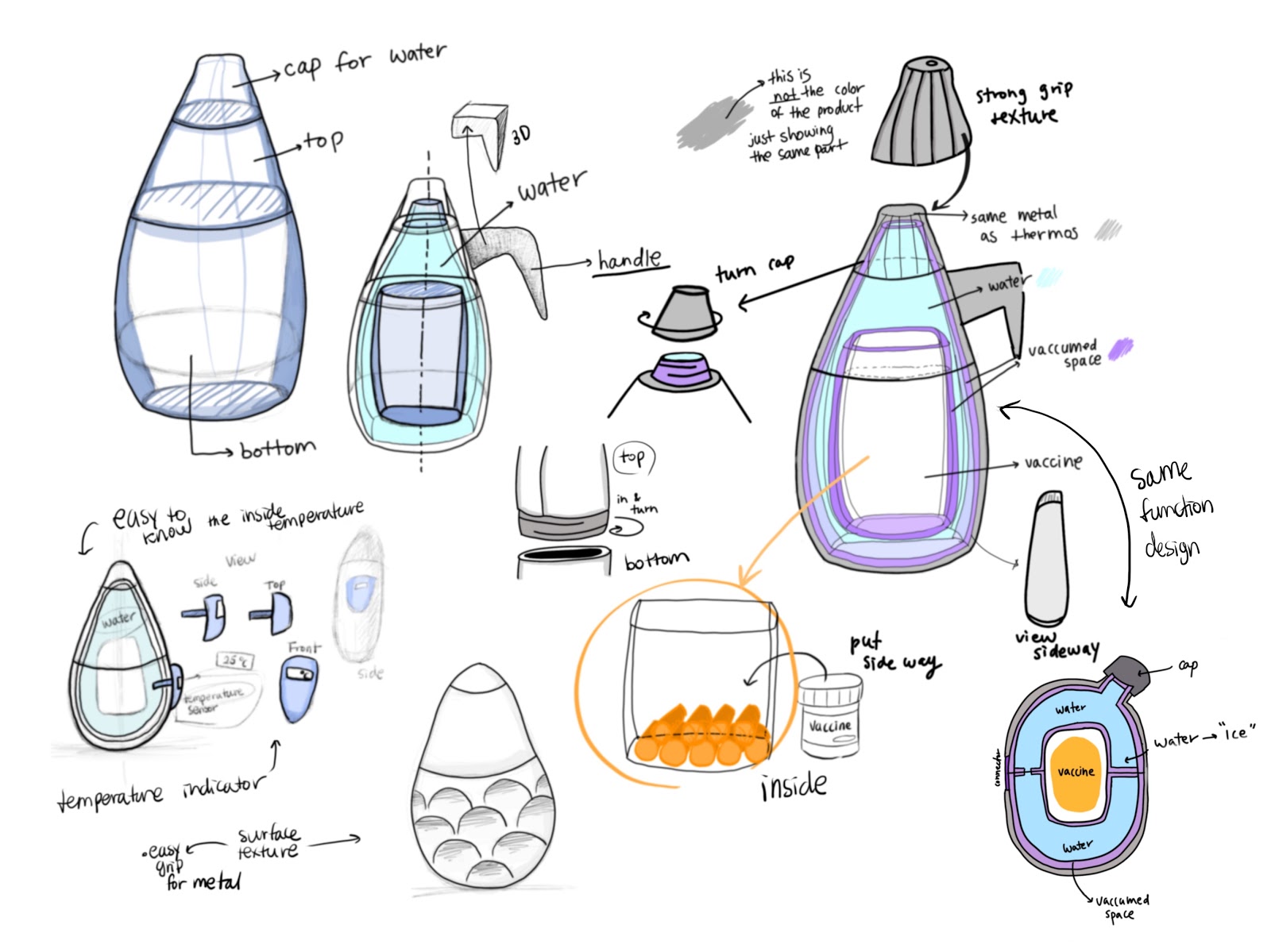Inspiration
A few years ago I came across photographer Todd Mclellan’s book Things Come Apart, a beautiful visual reflection on the objects around us. His photographs of a disassembled computer, bicycle, typewriter, and according show the intricacy and complexity of the objects. This book inspired me to develop a unit of inquiry around disassembly and exploration of objects, which provides an opportunity for students to think critically about how design decisions of materials and processes impact sustainability.
Concepts
Prior to the activity, students reviewed and explored DP Design Technology content areas such as:
Resources and Reserves and how these impact the material choice and sustainability
Energy utilization and storage and how a product uses energy impacts design choices and how and why batteries may be used
Waste mitigation strategies and these can guide designers into optimizing the sustainability of a product
Design for manufacturing (DfM) and how various strategies such as Design for Assembly (DfA) and Design for Disassembly (DfD) can be utilized by designers to guide the materials, and processes used in producing a design.
Life Cycle Analysis (LCA) as a tool used by designers to assess the impact of a design on sustainability.
Right to Repair principles were examined and discussed.
Taking things apart
By far this was the most engaging part of the inquiry. Over two days students worked in teams to disassemble and document a product. For many, this was the first time disassembling an object. There was a liberating thrill in taking apart an object. These days were filled with lots of “ah-ha” and “wow” moments.
Analyzing and Documenting
Students used the Ecolizer online LCA tool, made available for free by the Belgian government, to analyze their product and determine a score. Using the score, and the concepts covered earlier, they analyzed their products and presented their analysis in the form of a poster.
To aid and guide their analysis, students organized the content of their poster using a Parts-Purposes-Complexities thinking routine. We use this routine frequently and students are familiar with it as a tool for exploring and organizing knowledge. The Take Apart thinking routine from Agency By Design was also used to structure some of the activities, discussion
Presenting
The A2-size poster format was useful in that it allowed students to practice being concise and specific in their analysis, skills that they need for their Internal Assessment (IA). Students experimented with the layout and graphic design to communicate their knowledge and understanding.
Next steps
One of the challenges we faced were with the calculation of electronic materials. Many of the objects had electronic components (circuit boards, motors, power supplies…) in them. Finding an online LCA calculator that could accurately calculate this was a challenge. As we had just watched The Story of Stuff: The story of electronics, students were keen to address this issue head on.
Determining the specific material was also challenging. Unless a component was specifically labelled with its material, it was difficult to go beyond a broad classification of either glass, metal or plastic. Many educated guesses were made, and the discussion about the importance of labels to aid recycling and repair was valuable and eye-opening.





























